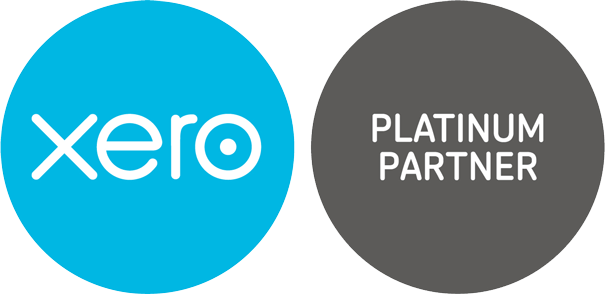News
How total income and trading profits will be calculated for the Self-Employed Income Support Scheme
21 April 2020
You can claim for the Self-employment Income Support Scheme (SEISS) if you’re a self-employed individual or a member of a partnership and you:
- have submitted your Self-Assessment tax return for the tax year 2018 to 2019
- traded in the tax year 2019 to 2020
- are trading when you apply, or would be except for Coronavirus
- intend to continue to trade in the tax year 2020 to 2021
- have lost trading profits due to Coronavirus
To be eligible for the scheme your trading profits must also be no more than £50,000 and more than half of your total income for either:
- the tax year 2018 to 2019
- the average of the tax years 2016 to 2017, 2017 to 2018, and 2018 to 2019
HMRC has confirmed that eligibility and how the grant is paid will be based on your total income and trading profits and has released detailed guidance on what will count.
Calculating trading profits
HMRC will use the figures on your tax returns for your total trading income, more commonly referred to as turnover and deduct all allowable business expenses and capital expenditure.
The expenses include:
- office costs
- travel costs
- clothing expenses
- staff costs
- things bought to sell on
- financial costs
- costs of your business premises
- advertising or marketing
- training courses
HMRC will also take into consideration:
- any business expenses deducted through the trading allowance
- capital allowances used to buy assets used in your business
- qualifying care relief
- flat rate expenses
Any losses carried forward from previous years and the personal allowance will not be deducted from trading profits.
Calculating Total Income
HMRC will also consider other income reported on your self-assessment return. Your total income is the total of all your:
- income from earnings
- trading profits
- property income
- dividends
- savings income
- pension income
- miscellaneous income (including social security income)
Eligibility
Your trading profits must be no more than £50,000 and more than half of your total income for either:
- the tax year 2018 to 2019
- the average of the tax years 2016 to 2017, 2017 to 2018, and 2018 to 2019
To help people interpret these rules, HMRC has published helpful examples online that demonstrate how the rules will be applied, which can be found by clicking here.
You cannot apply for this scheme yourself. HMRC will aim to contact you by mid-May 2020 if it believes you are eligible and will make payments by early June 2020.
If you are not contacted but believe you may be eligible for the scheme, please speak to our team at the earliest opportunity.
Case Studies
-

A modern approach required for music moguls
-

A shared passion for architecture and a head for numbers
-
Child's play with proactive accounts management
-

A taste for growth, a thirst for knowledge
-

Sometimes a business does exactly as it says on the tin
-

Cut above the rest in personal management style
-

Smiles all round for dental practice
-

Taxing demands with old school charm
-

Customer care is top of the list for packaging business


